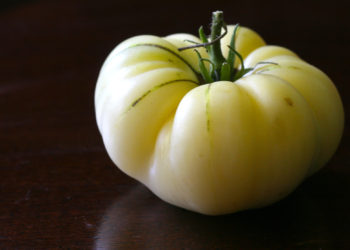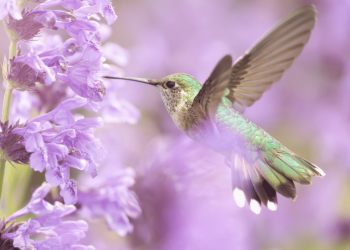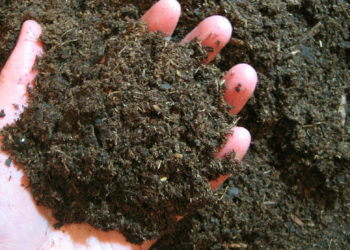Attracting wrens is a major coup for most gardeners. Why? Besides their adorable, curious natures and their distinct high-pitched, bubbly voices, these small, plain brown birds have one particularly endearing quality: they eat insects! Making them one of the most popular guests to backyards all across North America.
Commonly called the house wren, this bird is attracted to suburban yards, man-made birdhouses, brush piles, low tree branches and clusters of bushes. These are perfect for habitat and provide protection from the elements. And also because those dense, low-lying areas provide great insect hunting. Once they’re in your yard, wrens become an ideal form of natural pest control.
Attracting Wrens: Meet three basic needs
To attract wrens to your property, you only need to supply three things: food, clean water, and shelter. The food is in abundant supply in most natural areas. In the form of insects like grasshoppers, spiders, crickets, flies, beetles, and caterpillars. You can make a birdbath or clean pond available to them as a source of drinking water and a place to splash their feathers. Wren houses provide shelter and come in a wide variety of styles, sizes, and colors. What they share in common is the opening size. They are typically about one inch, which will allow entry by wrens but not larger birds.
A House for a Wren
Wrens are attracted to houses made of almost any material, wood or plastic. Wren houses can be hung from low-lying tree branches, posts, outbuildings, the side of the house, or even from a rose bush. They sometimes even have roughened interior floors. This gives the birds traction as they enter, and to emulate tree bark.
Since birds aren’t known for housekeeping skills, look for easy-opening, low-maintenance wren houses for your yard or birding sanctuary. Make sure you have access to the birdhouse interior, so you can keep it clean. Regular removal of dropped feathers or dirt that the birds might have tracked in will keep your wren house a welcoming quiet place to rest for future visitors.
Remember, it can take some time for word to get out and for the local wrens to discover your yard. So make it as attractive as possible to bring as many of these insect-eating beneficial songbirds to your yard.
We hope you enjoy the music!





7 Comments
Rebecca - Baltimore, MD
January 17, 2011 at 5:35 pmHi,
I read your article about wrens and would like to add that our Carolina Wrens that frequent our back yard love safflower seeds (which can be found at any good bird food supply place) and raw unsalted sunflower seeds that I grind into small pieces in my magic bullet.
The problem is wrens breaks are not great seed crackers, so the shelled sunflower seeds a perfect for them.
I put them on our window sill and I have seen four different wrens as well as a winter wren scarf them down.
Bob & Cindy Goodrick
March 29, 2021 at 10:45 amWe have a Carolina Wren who visits our windowsill. His name is Stimpy and he has a friend we call Stumpy. They have dried meal worms and crushed pecans to dine on. They dig in our flower pots and make a mess but we don’t mine. We also made them a roosting spot using a hanging basket and some moss.
GrowJoy
March 30, 2021 at 12:15 amBob & Cindy, it sounds like you have definitely created a haven for wrens. Say hello to Stimpy and Stumpy for us!
Allison A
March 29, 2021 at 10:46 amIn last years case a wren made a nest in my deck rail container.. planted with coleus plants I purchased from you ❤
https://photos.app.goo.gl/h57WBBhWC9VZxTmG9
Nest building was very serious of course
https://photos.app.goo.gl/H1qgWq3UYhCqU2nN8
GrowJoy
March 30, 2021 at 12:18 amAllison, that is adorable!
Peggy J. Della Maggiora
March 29, 2021 at 12:41 pmAfter reading your article on wrens, it reminded me of how one alerted me of a predator one summer day. I heard the screeching in a tree that went on for a few minutes. As I got closer, I noticed him jumping from branch to branch along with a female oriole. To my shock I saw a huge gopher snake that was making his way up the tree and into the nest of the oriole, with two fledglings in it! Thankfully my husband climbed the tree, got the snake, and rescued a baby out of the mouth of the snake! If it wasn’t for that little wren, we would have had one less bird in our garden.
GrowJoy
March 31, 2021 at 9:38 pmPeggy, this a great story! Thanks for sharing it with us.